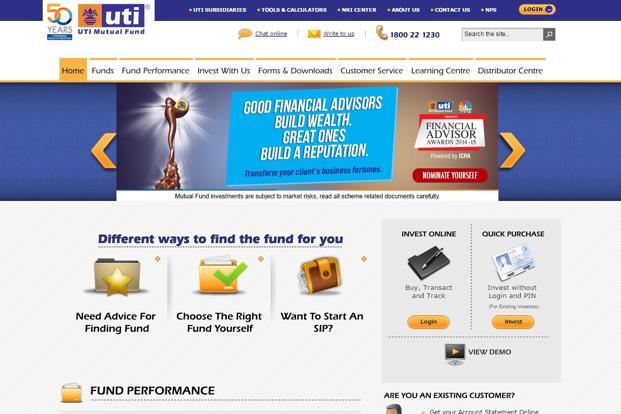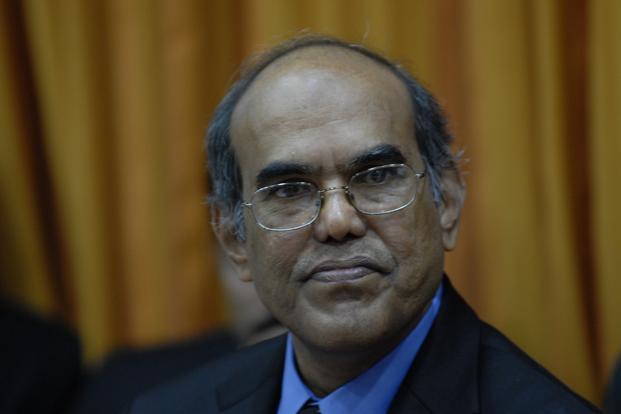Leo Puri, managing director of India’s fifth largest mutual fund, UTI Asset Management Co. Ltd (UTI AMC), is in a bind. He wants the asset manager to raise money from the public, broad base its ownership and strengthen professionalism, but two of its sponsors have been fighting among themselves to buy it out and merge with their own asset management companies and move up in the pecking order.
For all practical purposes, UTI AMC is a 12-year-old company, carrying the legacy of a 51-year-old institution. In February 2003, it was carved out of India’s oldest mutual fund, Unit Trust of India, which crumbled under the burden of assured return schemes. The government holds 74% stake in the company through four public sector institutions—Life Insurance Corp. of India (LIC), State Bank of India (SBI), Punjab National Bank (PNB) and Bank of Baroda (BoB)—but it is not a government entity. T. Rowe Price Group Inc. holds a 26% stake.
The fund house’s plan to go public and broaden its investor base is not new. The idea was mooted by its previous chairman U.K. Sinha, who is now chairman of India’s capital markets regulator. It had wanted to go public in 2008, but the plan was shelved as the markets slumped.
More than two years after Sinha moved out of UTI AMC, Puri took over as managing director in August 2013 and immediately revived the proposal as he believes that listing would help the company be governed by its board and bring in transparency. However, two of its sponsors have a different idea. Both LIC and SBI want to take over UTI AMC and merge it with their existing mutual fund arms.
All the three proposals have been lying with the government.
Going by the media reports, SBI is willing to offer the other stakeholders shares of the bank to compensate for their holdings while LIC does not mind putting cash on the table. The four sponsors of UTI AMC hold 18.5% stake each.
In a Rs.12.02 trillion Indian mutual fund industry (as of February), inhabited by at least 45 funds, UTI MF, with assets under management, or AUM, to the tune of Rs.87,390 crore, has little less than 8% market share. SBI Funds Management Pvt. Ltd stands sixth with an AUM of Rs.72,141 crore. If indeed it takes over UTI AMC, the combined entity will overtake HDFC Asset Management Co. Ltd, which is the largest fund house with Rs.1.5 trillion AUM.
Baroda Pioneer Asset Management Co. Ltd is ranked 20th with an AUM of Rs.7,793 crore, closely followed by LIC Nomura Mutual Fund Asset Management Co. Ltd (Rs.7,618 crore) while Principal PNB Asset Management Co. Pvt. Ltd stands 25th with an AUM of Rs.4,926 crore.
T. Rowe Price bought the 26% stake in UTI AMC at a price which equalled about 3.25% of its average assets under management then. The valuation of UTI AMC was lower than the previous couple of deals. For instance, Infrastructure Development Finance Co. Ltd (IDFC) had paid 5.67% of Standard Chartered AMC’s assets in March 2008 and Eton Park Capital Management Lp had paid more than double of it, some 12.9% of assets, for a 5% stake in Reliance Capital Asset Management in December 2007.
After the market crash of 2008, valuations dropped significantly. For instance, Nomura Asset Management Co. Ltd picked up a 35% stake in LIC Mutual Fund Asset Management Co. at 2.4% of its total assets. Later, the financial services unit of India’s largest engineering and construction firm Larsen and Toubro Ltd bought DBS Cholamandalam Asset Management Ltd at just about 1.6% of its assets under management.
The share of equity in composition of assets always has a bearing on the valuation of an asset management company—the higher the portion of equity, bigger is the valuation.
In case of UTI AMC, equity accounts for about 36% of its AUM. Besides, it has 9.56 million investor accounts—roughly one-fourth of the 38.6 million total investor base in Indian mutual fund market. PNB’s mutual fund has higher equity component, about 41% while the share of equity in SBI’s mutual fund is around 28.6%. In case of BoB’s mutual fund, it’s only 6.1% and that of LIC 10.6%.
In January 2010, when T. Rowe Price bought a 26% stake in UTI AMC, reducing the stake of each of the four sponsors from 25% to 18.5%, hopes were high that things would change in the company but that has not happened. It is the most overstaffed asset manager and had been losing its market share till Puri could arrest it to some extent. On the positive side, it is the largest independent asset manager; since it is not promoted by a corporate entity, it can take independent decisions on asset allocation.
LIC, SBI, PNB and BoB had stepped in on behalf of the government but they have never shown any inclination in running the show. Also, since they have their own asset management companies, there is a clear conflict of interest.
The norms of the Securities and Exchange Board of India (Sebi), which regulates the mutual fund industry, do not allow one entity to be involved in running more than one asset management company.
Indeed, Sebi chairman Sinha has been pushing for consolidation in the asset management industry as there have been too many companies which are not so serious, and if any of the two sponsors buys it out, it will be the biggest deal in the Indian mutual fund industry.
However, from the corporate governance perspective, allowing a corporate entity to take over an independently run asset manager will be a retrograde step.
The government should ensure that UTI AMC enters the market and strengthens its position as an independent asset manager. The existing sponsors can make money by selling their stakes and be happy with it.



